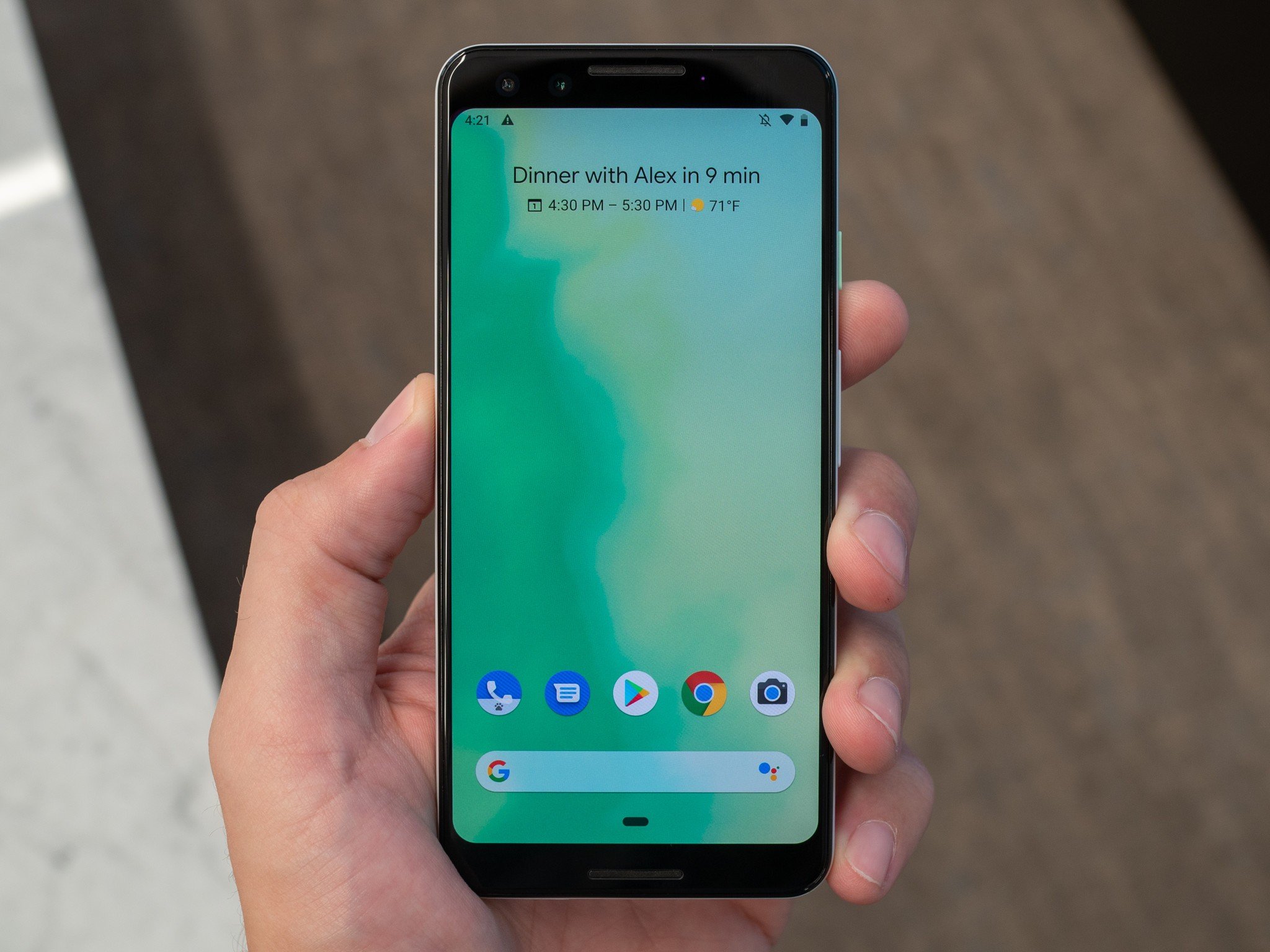The Pixel 3 almost had a 120Hz LCD display

What you need to know
- The Pixel 3 almost launched with a 120Hz LCD display.
- The revelation came out on the recent Android Developer's Backstage podcast from Chet Haase, a member of the Android Developer Relations team.
- However, the team eventually decided on an OLED display and it wasn't revealed why it scraped the 120Hz LCD.
The Google Pixel 4 and Pixel 4 XL launched back in October using 90Hz displays, making them the first Pixel phones to feature displays with high refresh rates. However, it turns out that Google thought about launching the Pixel 3 with a display using an even higher refresh rate.
According to the recent Android Developer's Backstage podcast, the team contemplated putting Sharp's 120Hz LCD display in the Pixel 3 phone. Chet Haase from the Android Developer Relations team, detailed in the podcast how originally the smaller Pixel 3 wasn't slated to use an OLED display for various reasons.
In lieu of an OLED display, the team began considering what they should use instead. One of the suggestions was Sharp's 120Hz LCD display, but in the end, the Pixel 3 launched using a 60Hz OLED display. Haase never revealed the reasons behind the decision though and why the 120Hz display was scraped.

Most likely, it had to do with battery life concerns. It's no secret that ever since the launch of the Pixel 4 smartphones, there have been many complaints about the battery life due to the 90Hz displays. Even the Pixel 3 with its 60Hz panel was never a battery champ.
One thing is for certain though, displays using high refresh rates are becoming more common, and we'll be seeing even more of them in 2020. There is already some evidence that Samsung could be using a 120Hz display in the Galaxy S11. Plus, there has been some speculation that the Huawei P40 and OnePlus 8 Pro will also feature 120Hz displays when they launch next year.
Be an expert in 5 minutes
Get the latest news from Android Central, your trusted companion in the world of Android

